Pearl Cockatiel: Decoding Their Behavior and Personality
Unlock the secrets of Pearl Cockatiels' behavior and personality, from their friendly nature to their playful antics and unique traits.
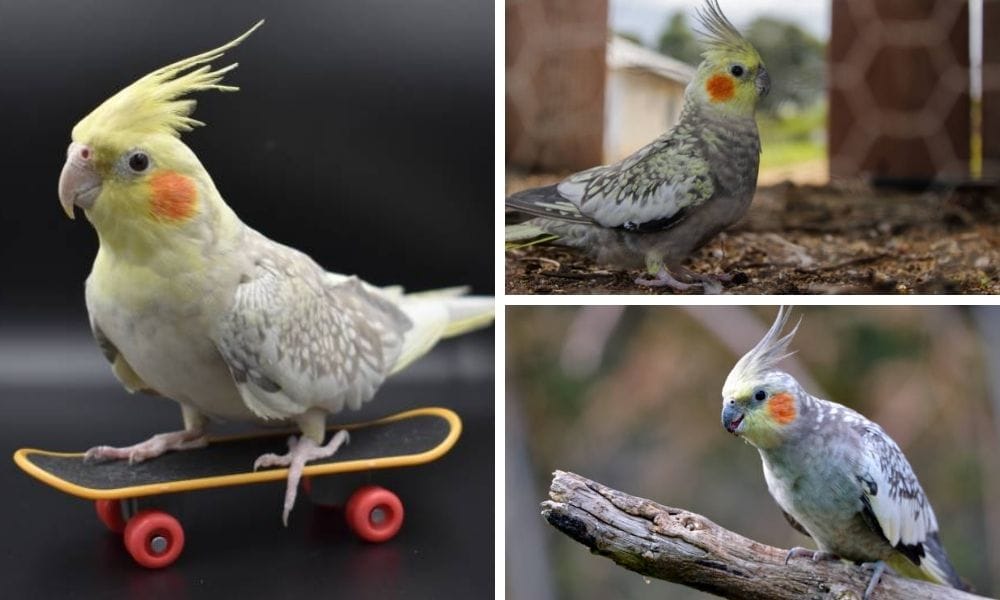
Key Takeaways:
- Understand the unique behaviors and personality traits
- Learn how to identify them by their distinctive features
- Gain insights into the care and health considerations
Pearl cockatiels are a captivating variety of pets that have won the hearts of pet owners worldwide. Their distinctive appearance, marked by a pattern of golden pearls across their grey feathers, makes them a favorite among the cockatoo family. But there's more to these birds than their striking looks. This article delves into the behavior and personality of pearl cockatiels, offering a comprehensive guide to understanding and caring for these charming creatures.
The Allure of the Pearl Cockatiel
Pearl cockatiels, also known as laced cockatiels or opaline cockatiels, are renowned for their beautiful markings. The most birds exhibit a pattern of yellow and white spots that resemble pearls, scattered across their light blue-gray feathers. This color mutation was initially discovered in captive cockatiels and has since become a sought-after trait among bird enthusiasts.
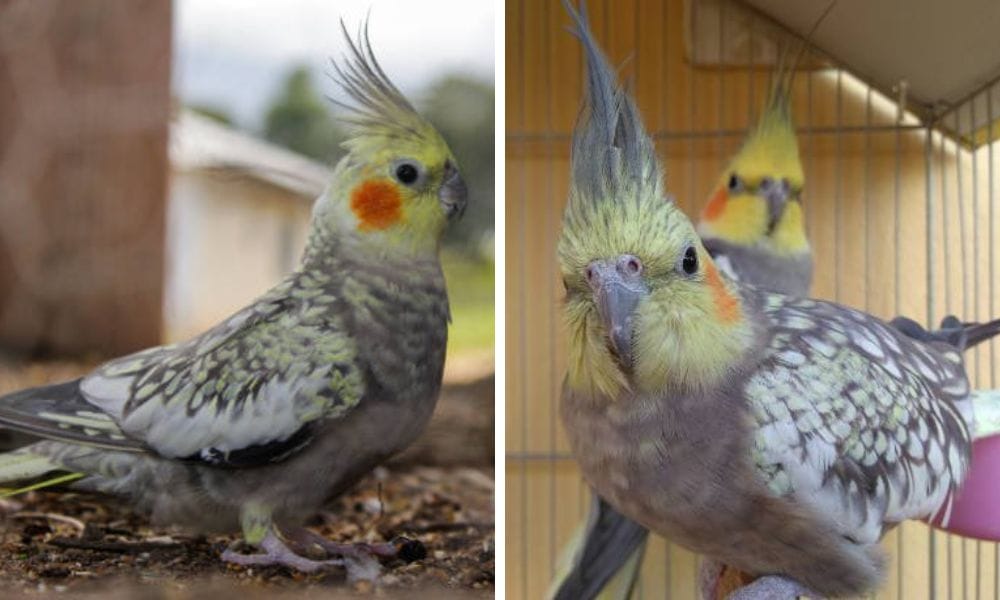
Identifying Pearl Cockatiels
When it comes to identifying, look for the characteristic yellow white bird markings and the intricate patterns on their tail feathers. Males and females can be distinguished by subtle differences; for instance, males lose the pearl patterning after their first molt, resulting in a more solid grey color, while females retain the pearly appearance throughout their lives.
The Pearl Cockatiel's Place in the Cockatoo Family
Pearls are a part of the cockatoo family, which is known for its sociable and affectionate birds. These birds share many traits with their larger relatives but are more manageable in size, making them ideal companions for those living in smaller spaces.
Behavior and Personality Traits
They are known for their docile personalities and are often described as gentle and friendly. They can form strong bonds with their owners and are known to be quite vocal, with some even learning to mimic sounds and words. Their behavior often reflects their mood, with happy birds displaying playful antics and fluffed-up feathers.
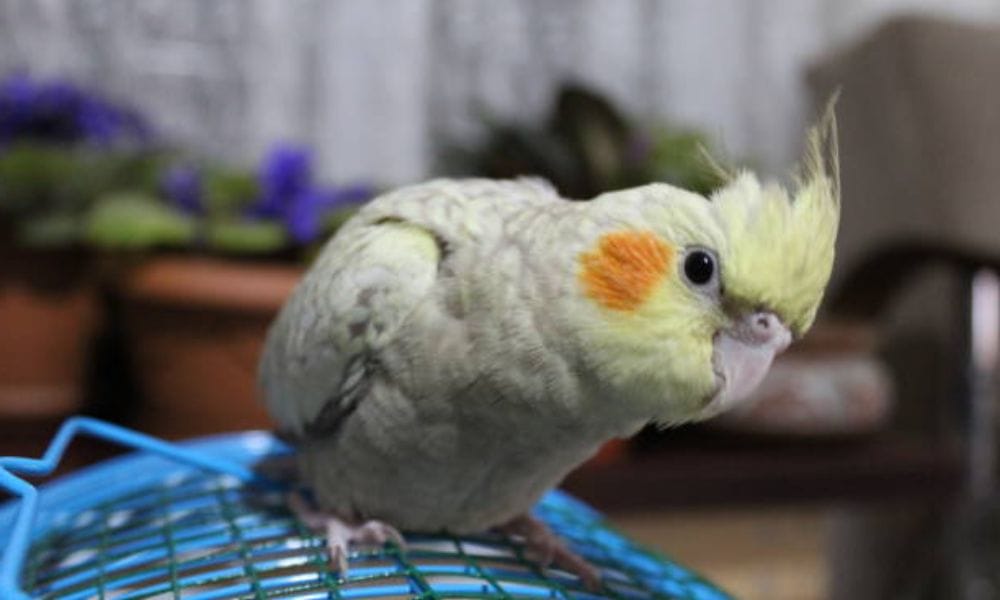
Social Interaction and Bonding
For cockatiels, social interaction is crucial. They thrive on attention from their owners and can become depressed if left alone for extended periods. It's important for bird owners to spend quality time with their feathered friends, engaging in activities such as talking, whistling, or simply sitting together.
Understanding Vocalizations and Body Language
Pearl cockatiels communicate through a variety of sounds and body language cues. A happy cockatiel might sing or whistle, while hissing or lunging could indicate fear or aggression. Observing these behaviors over time helps owners understand their pet's needs and moods.
The Importance of a Flying Cage
A flying cage is essential for pearl cockatiels, as it allows them to exercise their wings and stay healthy. The cage should be spacious enough for the bird to flap its wings slightly and move around freely. Many breeders recommend cages with horizontal bars to encourage climbing and activity.
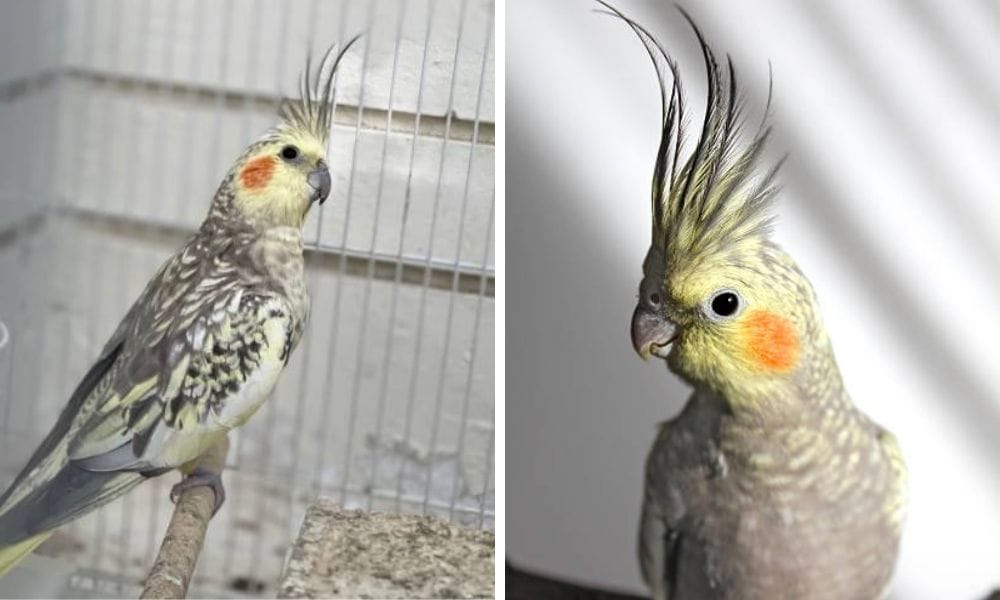
Diet and Nutrition
A balanced diet is vital for maintaining the health of pearl cockatiels. They should be fed a mix of seeds, pellets, and fresh fruits and vegetables. Pet owners should be cautious of pesticide residue on fresh produce and opt for organic options when possible.
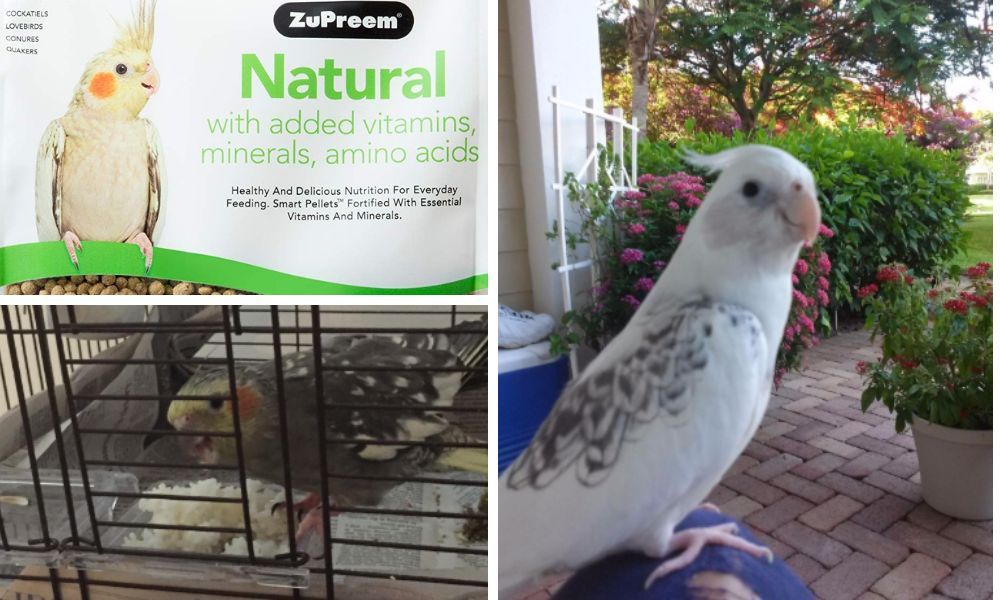
Health Considerations: Fatty Liver Disease
Pearl cockatiels, like many birds, are susceptible to fatty liver disease, which can be caused by a diet high in fat and low in nutrients. To prevent this, owners should provide a well-rounded diet and ensure their birds get plenty of exercises.
Recognizing Common Health Issues
Pet owners should be vigilant for signs of illness in their pearl cockatiels, such as nasal discharge, red eyes, or changes in behavior. Early detection and treatment are key to managing health issues effectively.
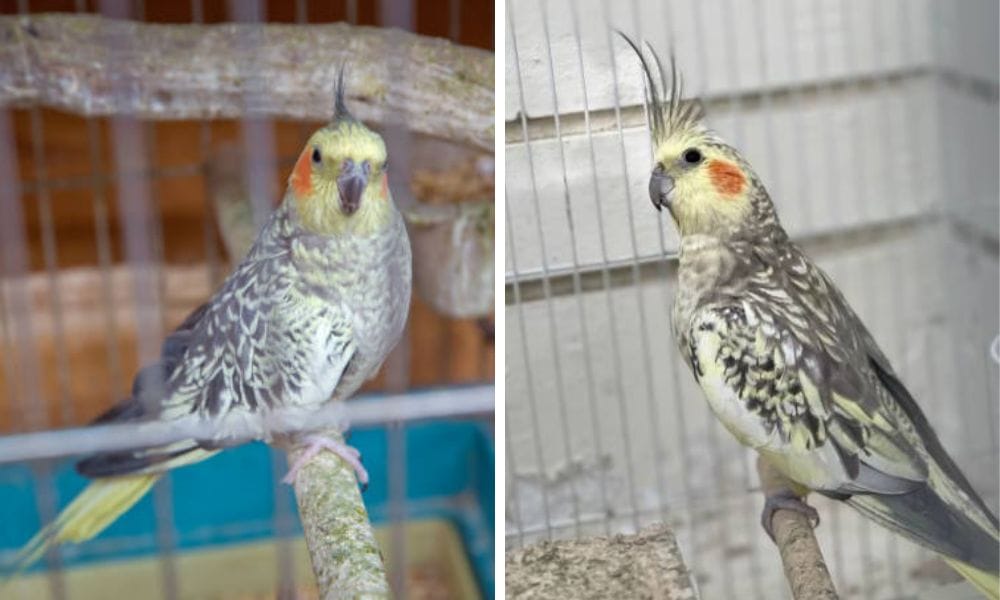
Breeding Pearl Cockatiels
Breeding pearl cockatiels can be a rewarding experience, but it requires knowledge of sex-related genetic mutations and careful selection of breeding pairs. Specific breeders may focus on producing certain patterns or colors, such as cinnamon pied pearly or white-faced cockatiels.
The Spectrum of Pearl Cockatiel Colors
Pearl cockatiels, often referred to as 'pearly tiels', exhibit a stunning array of colors that can captivate any pet bird enthusiast. The most common hue is a light blue-gray feather base, accented with a distinctive orange cheek patch that adds a pop of color to their charming appearance. These birds are a visual treat, with patterns that may include white wing bars and a yellow crest, which are particularly prominent in young birds. The yellow pigmentation is a hallmark of the pearl variety, often resulting in a yellowish infusion throughout their plumage, creating a mesmerizing effect.
Female cockatiels typically retain the pearly patterns throughout their lives, while young males may lose some of these markings as they mature, leading to a more gray body. This sex-related genetic mutation is fascinating and can help owners determine the sex of their birds as they age. The cinnamon brown color variant, known as 'cinnamon pearls', adds warm tans to the mix, while 'silver pearls' can present a more subdued palette with grey colors and a white appearance. Each description of cockatiels' plumage is unique, making them a diverse and visually appealing species to own.
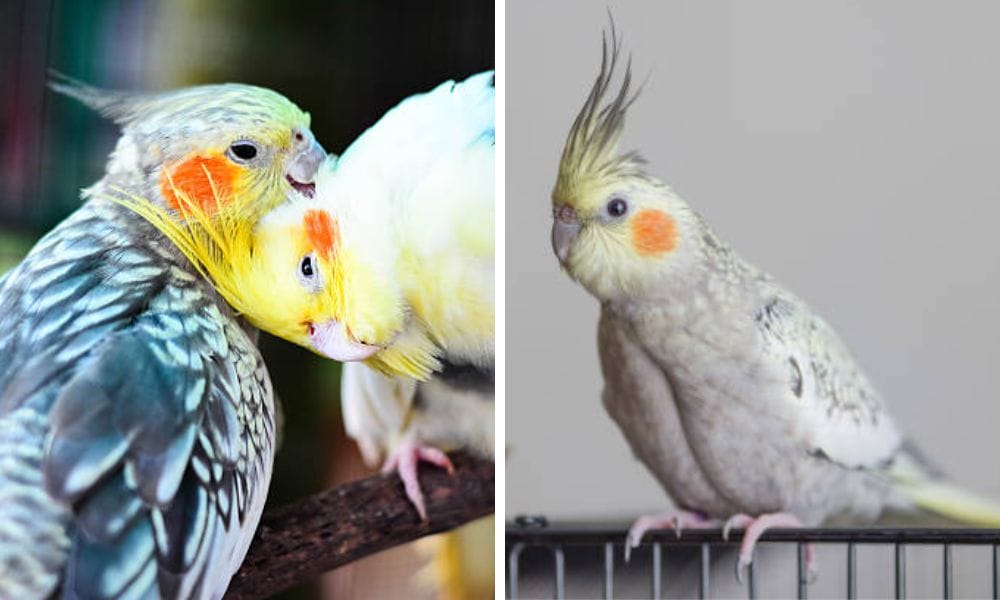
The Unique Charm of Light Blue Gray Feathers
Pearl cockatiels are renowned for their stunning plumage, but a rarer hue that captivates enthusiasts is the light blue and gray feathers. These feathers are not commonly found in wild cockatiels, as they are typically a result of selective breeding. The light blue gray coloration adds a serene beauty to the bird, making it a prized variant among collectors and bird lovers. The soft gradient from the light pied patterns to the blue-gray tones can be mesmerizing, and it's a testament to the diverse palette of colors these birds can exhibit.
While the light blue and gray feathers are not a standard for the species, they do occasionally appear in white faced cockatiels. This color variation is a delightful surprise for breeders and can be attributed to a sex related genetic mutation. The mutation affects the melanin production, resulting in the dilution of the typical gray to a softer, more ethereal blue-gray. It's important for potential owners to understand that these unique colors may come with a higher price tag due to their rarity and the specific breeding required to achieve them.
Deciphering Sex-Linked Traits in Cockatiels
Understanding the sex linked genetic mutation in pearl cockatiels can be quite fascinating. This mutation is responsible for the beautiful and intricate patterns seen in these birds. In pearl cockatiels, the sex linked mutation specifically affects the males and females differently. Typically, males will lose their pearling after their first molt, resulting in a more solid coloration, while females retain their pearled feathers throughout their lives. This distinction provides a natural description cockatiels can use to identify each other and is also helpful for breeders and owners to determine the sex of their birds.
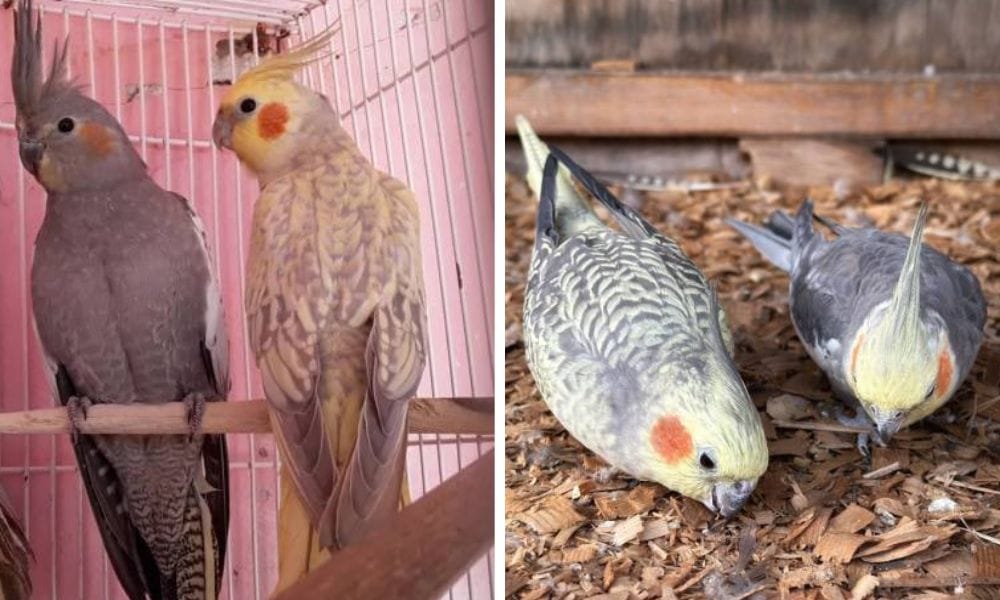
The sex linked mutation is not just about appearance; it can also influence behavior. For instance, male cockatiels may exhibit more territorial behaviors or act as natural alarm clocks, vocalizing at observed times of the day. On the other hand, females might display nesting behaviors or be more inclined to bond with their human companions. Recognizing these traits can enhance the bond between owners and their feathered friends, as they learn to interpret and respond to their cockatiel's unique behaviors and needs. Image credit to researchers and breeders who have documented these genetic patterns helps enthusiasts and novices alike to appreciate the complexity of these charming birds.
Variations and Genetics
The first cockatiel mutation recognized was the lutino cockatiels, characterized by their lack of color pigment, resulting in a bright, yellowish face and body. Following this, breeders have developed a variety of mutations, including the pearly cockatiels with their intricate patterns. The genetics behind these birds are as intriguing as their appearance. For instance, the 'pearl tiels' carry a sex-linked mutation, which is often more pronounced in females due to their wider pelvic bones, allowing for a more extensive display of the colored bars.
In addition to the common pearl pattern, there are variations such as the pied whiteface and pearly whiteface, which combine mutations for a unique look. The pied whiteface lacks the yellow and orange pigmentation, resulting in a striking white-faced cockatiel with clear pied patterns. On the other hand, the pearly whiteface integrates the pearly patterns with a white or silver face, devoid of the typical yellowish face. These variations are not just visually distinct but also serve as living examples of the complex genetic tapestry that governs the plumage of these beloved pets.
The Genetics Behind the Pearls
The pearl pattern in cockatiels is a sex-linked trait, which means that it is passed down through the X chromosome. Understanding the genetics involved can help breeders predict the appearance of offspring and maintain the health of the gene pool.
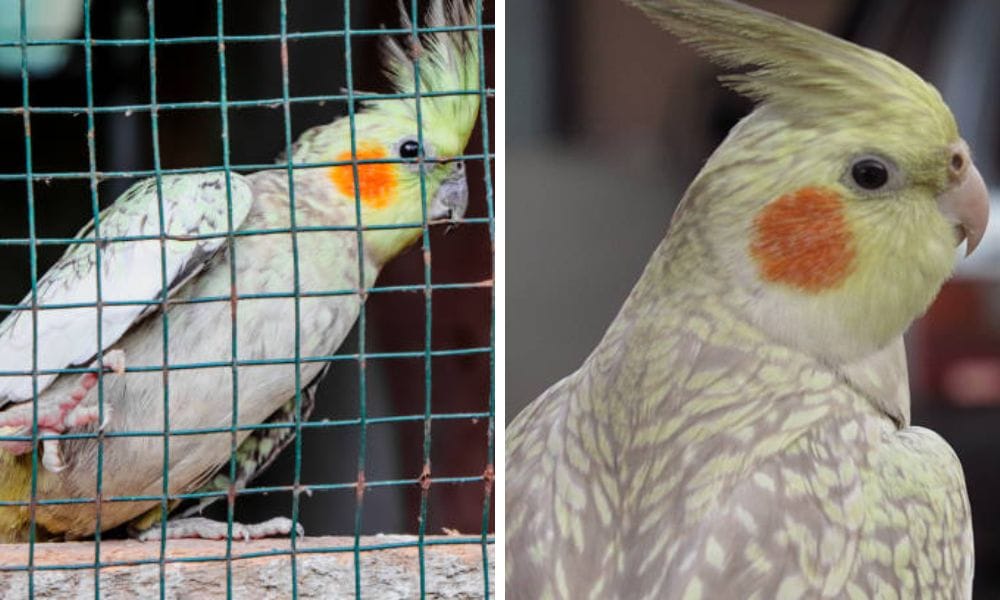
Molting: A Transformational Phase
Young cockatiels go through a juvenile molt, during which males may lose their pearl patterning. This process can be stressful for the birds, so providing a calm environment and proper nutrition is essential during this time.
Training and Taming
Training a cockatiel requires patience and consistency. Positive reinforcement techniques, such as offering treats for desired behaviors, can be very effective. Taming a cockatiel involves building trust and allowing the bird to become comfortable with human interaction at its own pace.
The Challenge of Bad Habits
Like many parrots, cockatiels can develop bad habits if not properly trained. These might include biting, screaming, or feather plucking. Addressing these behaviors early on is crucial to prevent them from becoming ingrained.
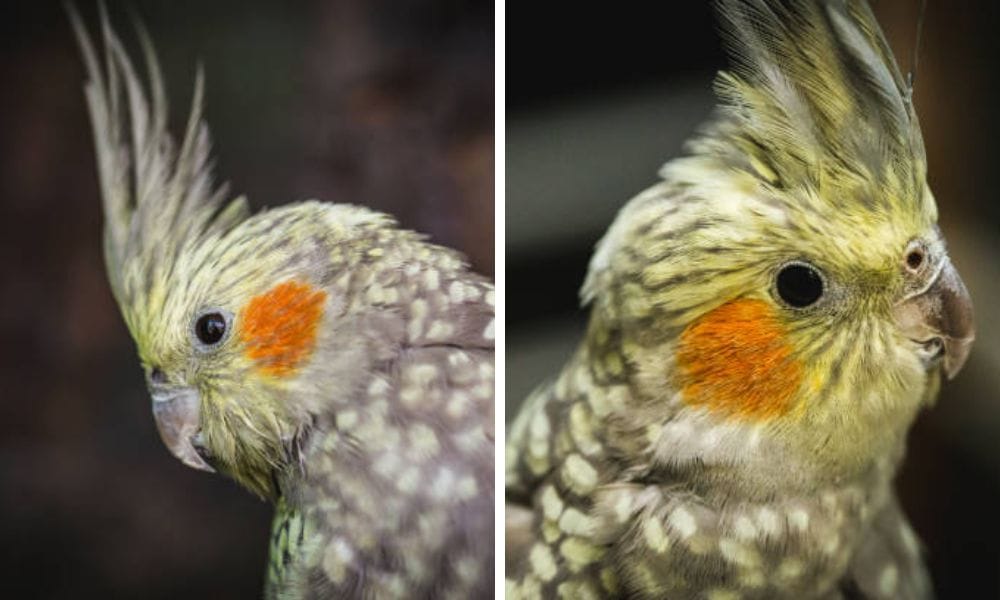
Enrichment: Keeping Your Cockatiel Stimulated
Enrichment activities are important for keeping pearl cockatiels mentally and physically stimulated. This can include providing toys, introducing new perches, or setting up foraging opportunities within their cage.
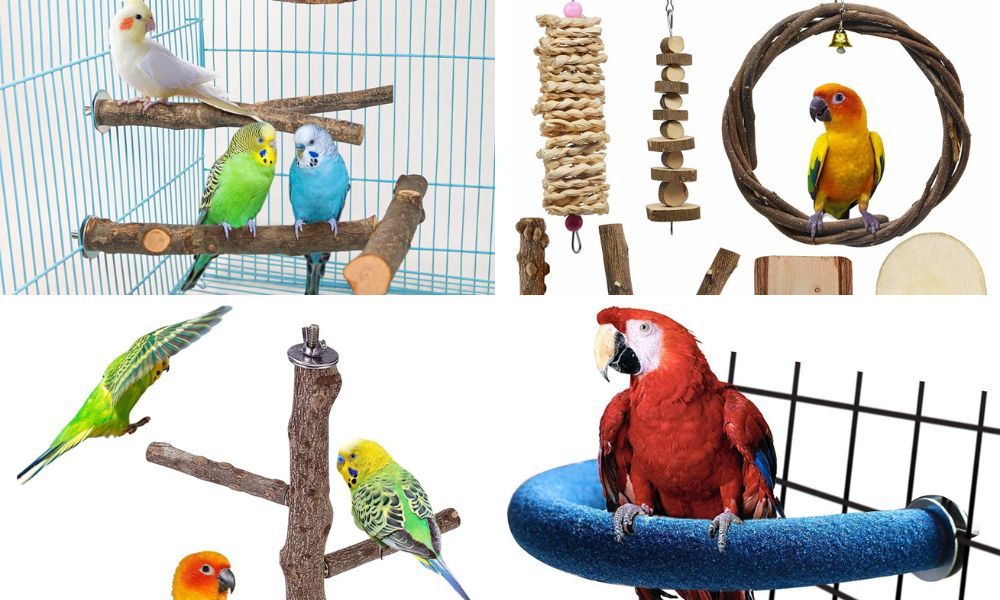
The Role of Sleep in a Cockatiel's Life
Pearl cockatiels need a consistent sleep schedule to stay healthy. They should have a quiet, dark place to rest at night, away from disturbances. Many birds will signal bedtime by becoming quiet and fluffing up their feathers.
The Lifespan of Pearl Cockatiels
With proper care, pearl cockatiels can live for many years, often reaching 15 to 20 years of age. Their lifespan is influenced by factors such as diet, exercise, and genetics.
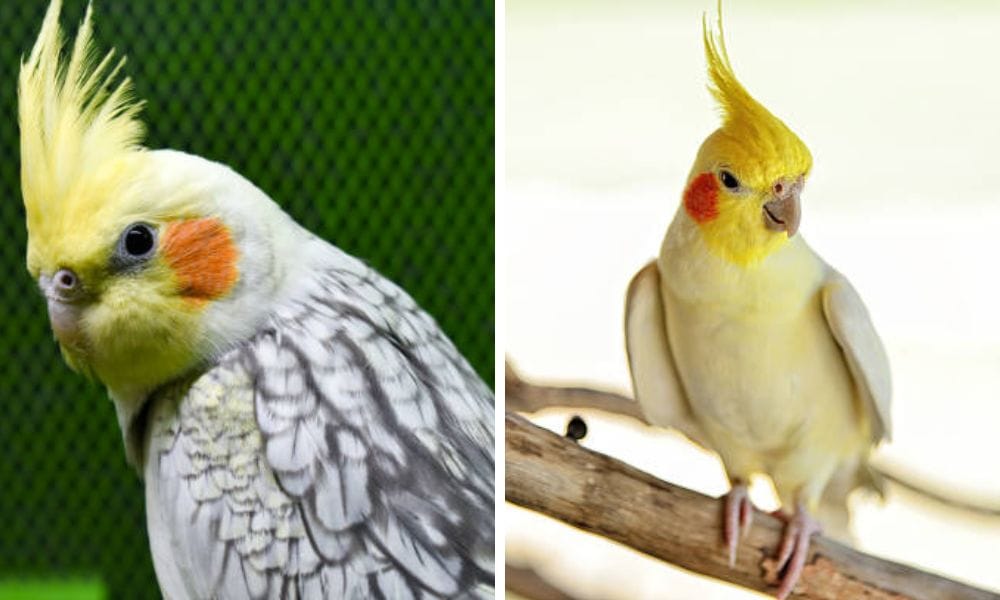
Preparing for a Pearl Cockatiel
Before bringing a pearl cockatiel home, potential bird owners should ensure they have the right environment and resources to care for the bird. This includes a suitable cage, a variety of toys, and access to a veterinarian experienced with pet birds.
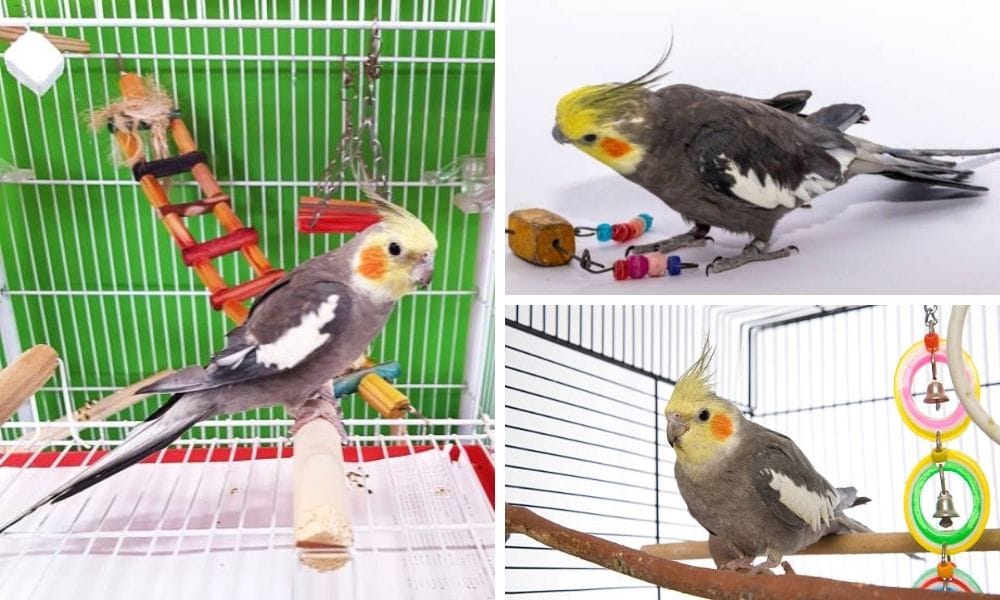
The Cost of Owning a Pearl Cockatiel
Owning a pearl cockatiel involves ongoing costs, including food, veterinary care, and cage maintenance. Prospective owners should be prepared for these expenses to ensure their bird receives the best possible care.
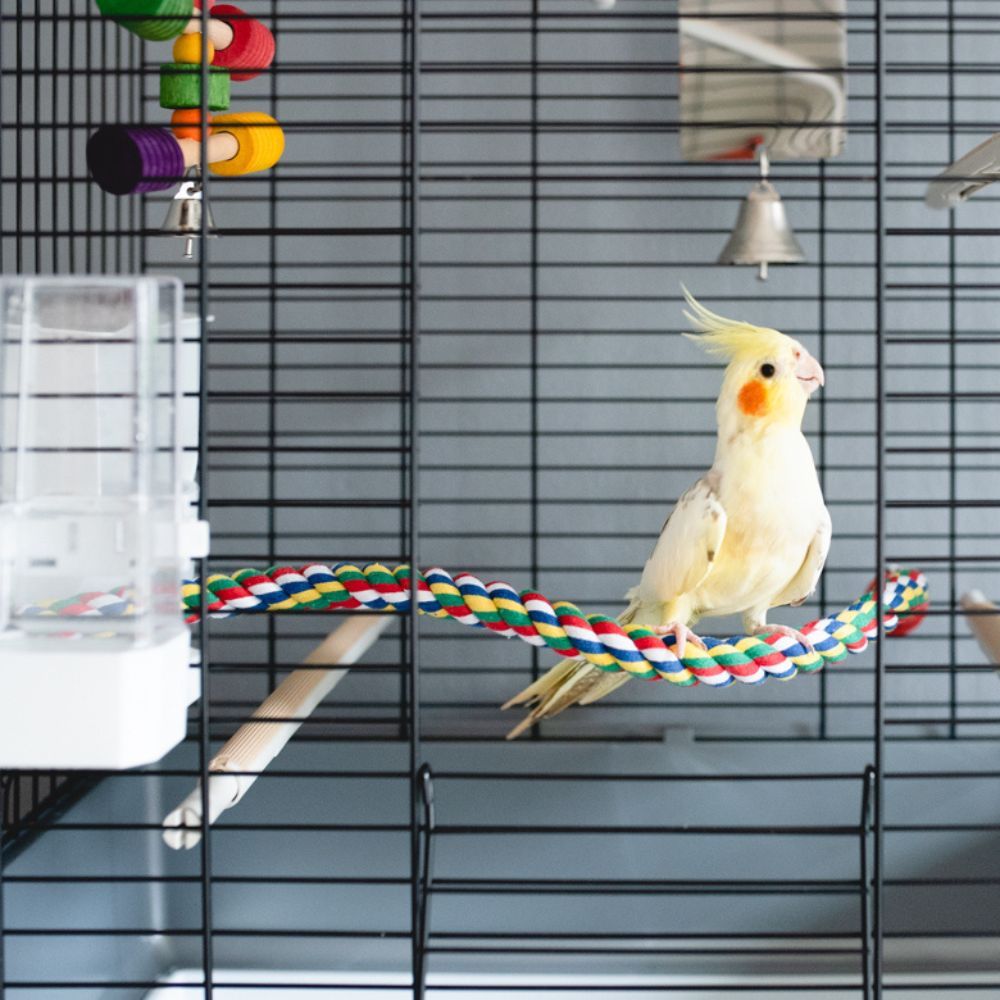
Finding a Reputable Breeder
When looking to acquire a pearl cockatiel, it's important to find a reputable breeder who prioritizes the health and well-being of their birds. Specific breeders may offer a health guarantee and provide support to new owners.
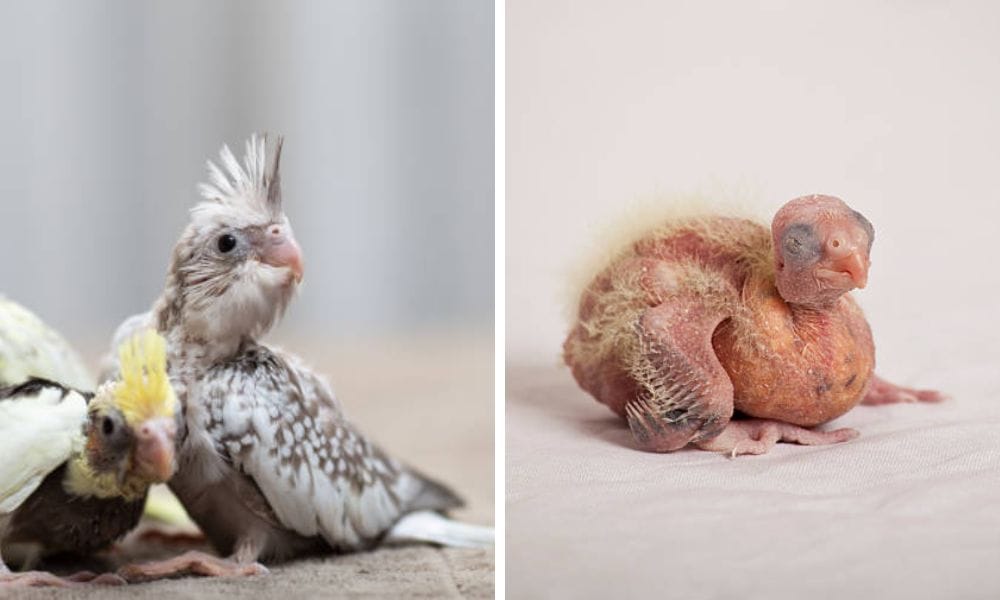
Joining a Community of Pearl Cockatiel Enthusiasts
Joining a community of pearl cockatiel enthusiasts can provide valuable support and advice for new and experienced bird owners alike. Many breeders and owners share their experiences and knowledge through online forums and social media groups.
Summary
Pearl cockatiels are not just beautiful birds with their unique pearl patterning and vibrant personalities; they are also intelligent and affectionate companions. Understanding their behavior, providing proper care, and ensuring a stimulating environment are key to a happy and healthy life for these pet birds. With the right attention to their social, dietary, and health needs, pearl cockatiels can be a delightful addition to any home.
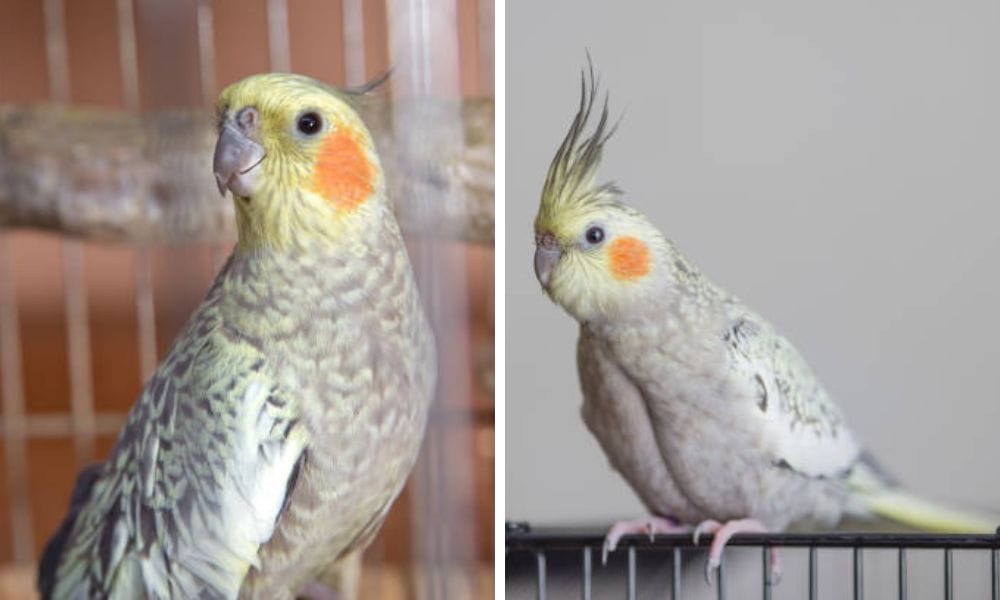
FAQ Section
Q: How can I tell if my pearl cockatiel is male or female? A: Male pearl cockatiels typically lose their pearl patterning after their first molt, resulting in a more solid grey color, while females retain the pearly appearance. Additionally, males may have brighter yellow faces and more pronounced orange cheek patches.
Q: What should I feed my pearl cockatiel? A: Pearl cockatiels should have a balanced diet consisting of a mix of seeds, pellets, and fresh fruits and vegetables. Avoid foods high in fat and sugar, and ensure they have access to clean water at all times.
Q: How long do pearl cockatiels live? A: With proper care, pearl cockatiels can live for 15 to 20 years. Factors such as diet, exercise, and genetics play a role in their lifespan. Regular veterinary check-ups are also important for maintaining their health.

